While its origins may be steeped in controversy, with the original Nosferatu being regarded as an unauthorized adaptation of “Bram Stoker’s Dracula” novel and all copies initially ordered destroyed, Nosferatu is a film that proves you can’t kill art. This iconic piece of gothic horror cinema remains a horror staple to this day. Most influential is the ghastly visage of Count Orlok, a figure that forever changed the notion of a vampire. Instead of the charming and suave visage of Count Dracula, Orlok showed audiences the darker side of a creature of the night—the true horror behind the monster.
This modern reinterpretation looks to once again remind us of Count Orlok and his menacing presence in horror cinema. The film essentially follows the original plot of its predecessor, telling the story of Thomas Hutter, a young real estate agent sent to Transylvania by his employer to facilitate Count Orlok’s purchase of property in Wisborg. But what begins as a simple business transaction quickly descends into a nightmare as Hutter discovers the true intentions of his host and his horrible secret.


While the film is still all about Orlok and his intentions upon Hutter’s beloved wife Ellen, this new adaptation builds upon the bones of the original story, introducing many new disturbing elements that make this iteration feel like what Francis Ford Coppola’s 1992 film Bram Stoker’s Dracula did to the story of Dracula.
One of the most notable aspects of Nosferatu is the film’s visual style. This is largely due to the film’s director Robert Eggers, who is well known for making films steeped in authenticity. Unlike recent reboots such as Blumhouse’s The Invisible Man—which modernized its story—this Nosferatu remains firmly rooted in the original period. By maintaining the 19th-century setting, the film creates the illusion that you’re watching a lost classic from the same era. This is especially evident in the muted color palette, which immediately feels like a classic Universal monster movie.
At the heart of this film is Bill Skarsgård’s notable performance as Count Orlok. Already known for his ability to bring to life the stuff of our nightmares, following his chilling portrayal of Pennywise the Dancing Clown, Skarsgård once again proves his uncanny ability to fully embody nefarious creatures of cinema history. While paying homage to Max Schreck’s original portrayal, Skarsgård manages to bring out even more of the monster, adding a distinctive flavor to Orlok that only he could offer. This is most evident in the lengths he went to envision how this character would speak. Working with an opera singer, Skarsgård learned how to lower his voice by an entire octave, giving Orlok a guttural, almost inhuman tone that adds an extra layer of dread. This choice is key to the character’s ability to haunt the audience, making Orlok feel even more terrifying than his predecessor.


On the surface, the character appears to closely mirror the original Orlok. Both versions share many striking similarities, including a tall, gaunt appearance, a slight stoop in posture, pale skin, sharp rat-like fangs, a hooked nose, and large claw-like fingers. Despite these similarities, Skarsgård’s Orlok appears even more grotesque, resembling a walking corpse, with portions of his body looking rotten and decayed. The addition of the moustache, while initially out of place, is reminiscent of Bram Stoker’s original version of Dracula, who was noted as having a large moustache in the original source material. Perhaps this addition is a nod to the film’s controversial origins in lifting elements from Stoker’s novel.
Nicholas Hoult and Lily-Rose Depp also shine in their roles. Hoult plays Thomas Hutter as an unlikely hero, caught in a situation far beyond his grasp. He effectively conveys Hutter’s gradual breakdown as he faces Orlok’s evil, portraying a man pushed to his limits yet unable to escape the unimaginable terror surrounding him. His vulnerability makes Hutter’s journey all the more heartbreaking as he is continually outmatched by the ancient evil pursuing him.
On the other hand, Lily-Rose Depp excels as Ellen, who is more than just a damsel in distress. Depp imbues Ellen with a quiet intensity, portraying her as a woman grasped by forces beyond her understanding, yet refusing to give in to despair. This adaptation gives her character more depth, showing her struggle against internal and external demons. She balances fragility with strength, making her a compelling and tragic figure, quite different from her earlier roles and signaling her growth as an actress.


This film comes at a time when vampire stories seem to be returning to their roots as fearsome creatures of the night. For years, vampires have taken on softer, more romanticized portrayals in films. However, with recent releases like Abigail, Salem’s Lot, and now Nosferatu, it seems vampires are reclaiming their terrifying essence, going back to being something to fear rather than teen heartthrobs. This film underscores the frightening nature of vampires, depicting Orlok as a true predator rather than a misunderstood antihero.
Taking its time, the film opts for a slow burn instead of relying on jump scares or excessive gore. It cultivates a palpable sense of dread that simmers just beneath the surface, creating a lingering shadow that never fully fades. The horror is psychological, an enduring unease that grows as the plot progresses. The cinematography deserves special recognition for its clever use of shadows, echoing its predecessor. Here, darkness feels like a character, teasing the notion that something horrifying could emerge from it at any moment.


This new Nosferatu pays tribute to the golden age of monster films while making its own mark in modern horror. With Skarsgård’s spine-chilling performance, Hoult and Depp’s emotionally charged portrayals, and Eggers’ careful direction, Nosferatu stands as a testament to the lasting power of gothic horror.
Unlike many contemporary remakes that feel like mere cash grabs, this Nosferatu is a labor of love and artistry. It captures what made the 1922 film iconic while introducing enough fresh ideas to feel relevant. Whether for those yearning to see vampires as true threats again or fans of the original seeking a worthy successor, this Nosferatu is a must-see. It’s more than just a remake; it’s a revival of gothic horror at its best—an eerie symphony of fear that will stay with you long after the credits roll.




















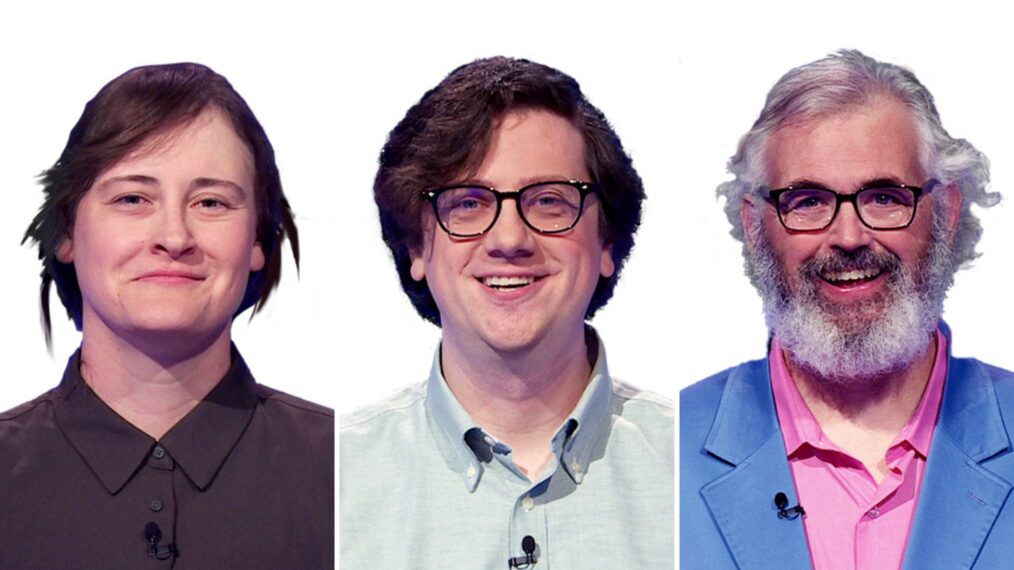

![Rams/Vikings Game Kicks Off With Rachel Platten’s ‘Fight Song’ [VIDEO] Rams/Vikings Game Kicks Off With Rachel Platten’s ‘Fight Song’ [VIDEO]](https://tvline.com/wp-content/uploads/2025/01/rachel-platten-fight-song-video.jpg?w=650)



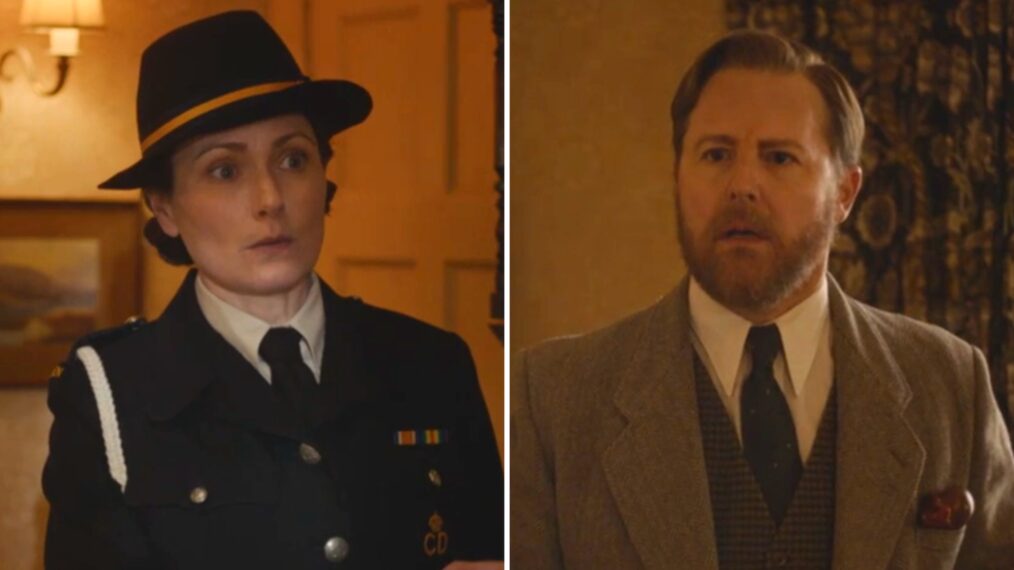
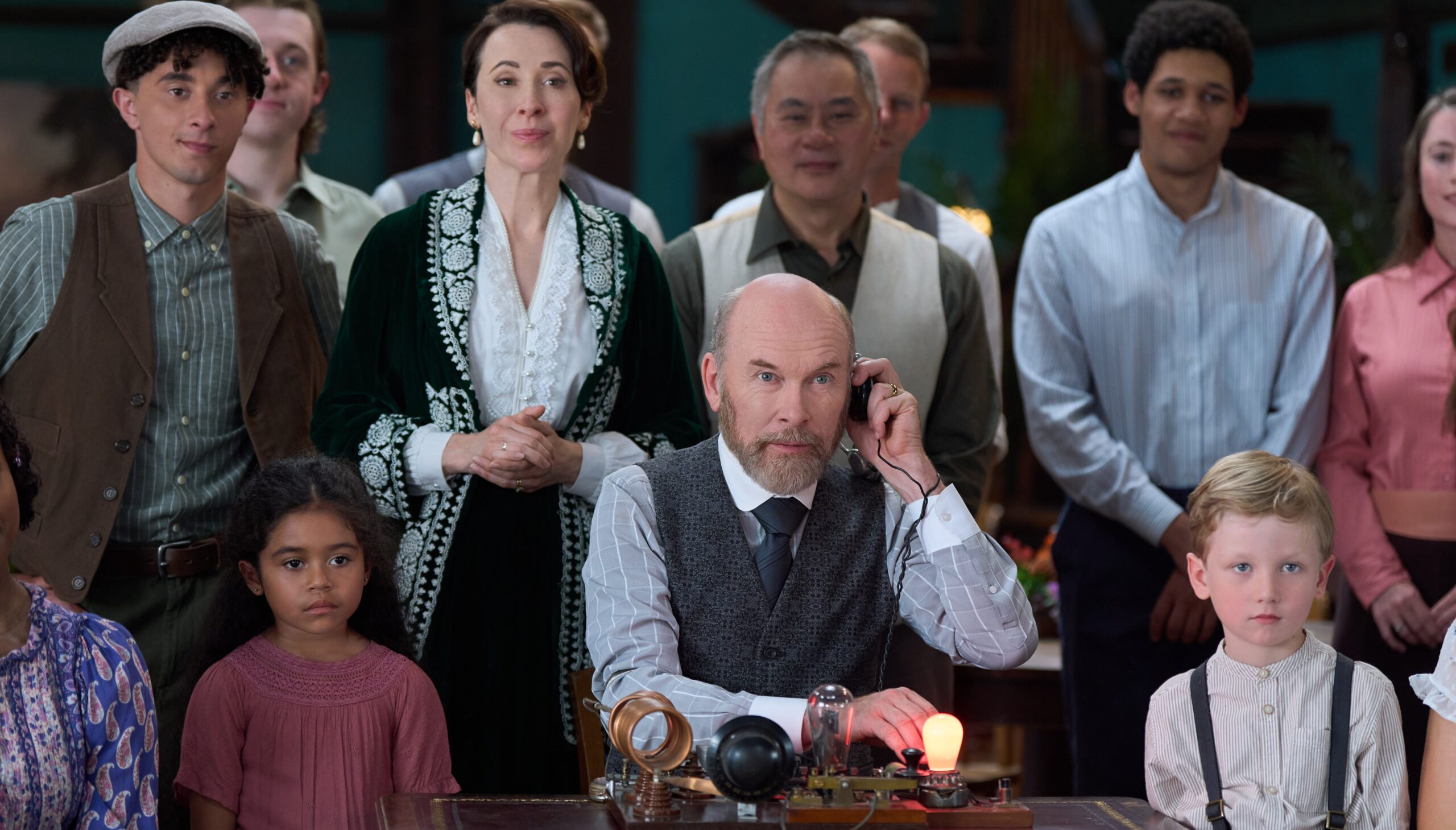












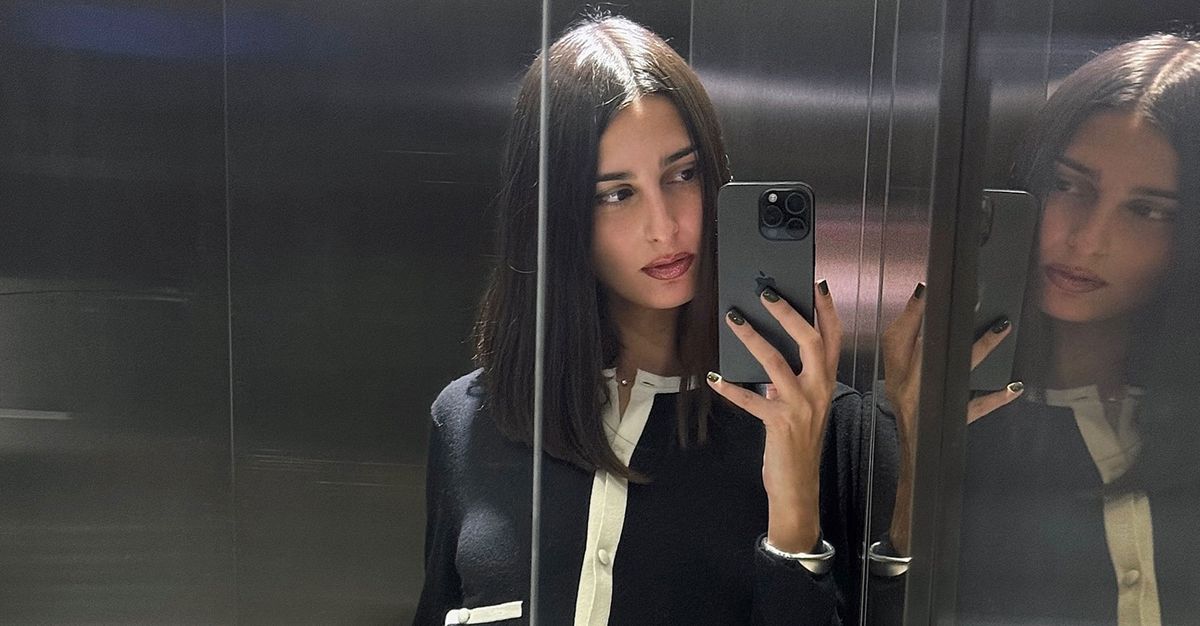



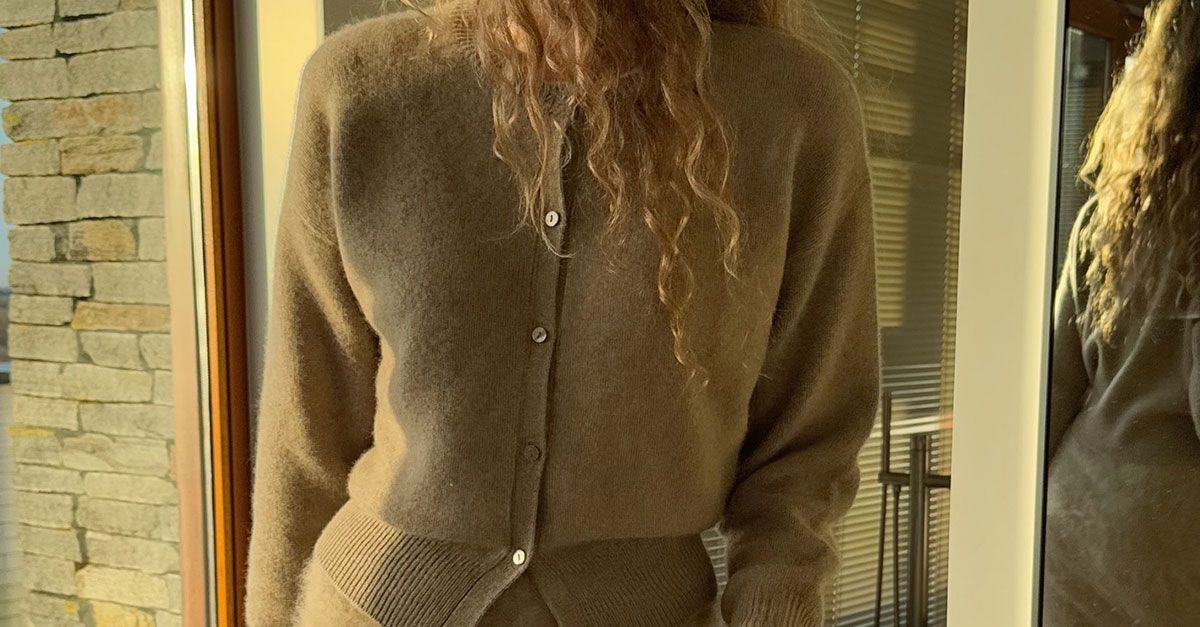














![Iggy Azalea – Money Come [Official Music Video] Iggy Azalea – Money Come [Official Music Video]](https://i.ytimg.com/vi/7t5V5ygeqLY/maxresdefault.jpg)

















